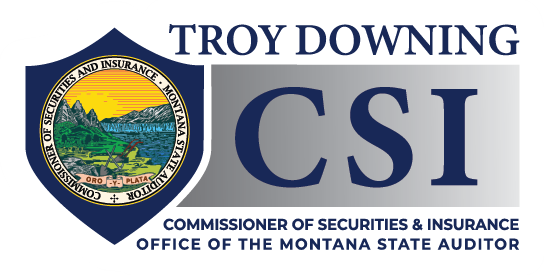New captive insurance company formations continued at a strong pace in 2021. Growth is expected to remain high in 2022, as premium increases are likely to continue in the traditional commercial insurance market, captive regulators and managers say.
In Vermont, the largest US captive domicile, 45 captives were licensed last year, the fourth-highest number of new formations in a year in the state’s 40 years as a captive domicile.
“There is a rough commercial market out there, and that had led to captive formations,” said Dave Provost, deputy commissioner of the Captive Insurance Division in Vermont’s Department of Financial Regulation.
And with the hard commercial market conditions continuing, captive formations this year will continue to be high, Mr. Provost predicted.
“I don’t see any signs of formations slowing down,” Mr. Provost said. At the end of 2021, Vermont had a record 620 captives.
Captive formations also were high in other big domiciles. In North Carolina, 31 captives were licensed last year, bringing the state’s captive count to 257.
“2021 was another strong year of growth in North Carolina’s captive industry. Either through the formation of stand-alone captives or the formation of cells/series, business owners continue to see the benefits of forming a captive in our state,” said Debbie Walker, senior deputy commissioner of the Captive Insurance Companies Division of the North Carolina Department of Insurance in Raleigh.
And captive insurance company growth in 2022 will continue to be significant, Ms. Walker predicts. This year “is off to a strong start and we expect this year will be another great year for the North Carolina captive industry,” Ms. Walker said, adding that three stand-alone captives already have been licensed in the state and nine captive applications are pending.
In Arizona, the licensing of 27 captives in 2021 was the highest number licensed in a year in that domicile’s history. “This was a very good year,” said Vincent Gosz, chief captive analyst with the Arizona Department of Insurance and Financial Institutions in Phoenix. With the hard conditions in the traditional market, captive formations this year will continue to be strong, Mr. Gosz added. Arizona had 149 captives at the end of 2021.
In South Carolina, 21 new captives were licensed in 2021, bringing the state’s total to 183. “There was a lot of interest in new captive formations. We also saw existing captives expand the coverages they offer due to tightening conditions in the traditional market,” said Greg Delleney, assistant director of captives for the South Carolina Department of Insurance in Columbia.
And that growth will continue, he said. “I expect 2022 to be another strong year for captive formations,” Mr. Delleney added.
In Montana, 29 new captives were licensed last year, up from 23 in 2020 and bringing the state’s captive count to 261. Captive formation growth is certain to continue, state captive regulators say. “Our expectations are very positive. We’ve already licensed three captives so far this year, with three pending applications,” said Tal Redpath, captive insurance examiner in the Office of the Commissioner of Securities and Insurance, Montana State Auditor, in Helena.
“We really expect 2022 to be a very good year,” added Patrick Hunter, an examiner who also works in the Office of the Commissioner of Securities and Insurance.
Other captive regulators also are optimistic about captive formations remaining strong. In 2022, “I have every reason to believe that we will achieve growth that we have had in the last couple of years,” said Dana Sheppard, associate commissioner, Risk Financing Bureau at the District of Columbia Department of Insurance, Securities, and Banking.
“Our law is very flexible, and we have a great regulatory team,” Mr. Sheppard added. In 2021, the District of Columbia licensed 26 new captive insurance companies, bringing the domicile’s total captive count to 175.
Meanwhile, in Missouri, where 6 captives were licensed in 2021, bringing its total captive count to 80, “We already have 2 applications under review and are in ongoing discussions with 5 other potential captive applicants to include our first sponsored/protected cell formation,” said Sam Komo, captive manager with the Missouri Department of Commerce and Insurance in Jefferson City.
In Utah, new captive insurance company formations are continuing at a high level.
In 2021, Utah licensed 52 captive insurance companies, contributing to a total of 384 captives at the end of 2021. That compares to 39 captives licensed in 2020 and 42 in 2019.
Utah captive regulators said they expect strong growth to continue in 2022.
“My expectation would be more of the same, somewhere in the 40–50 range,” said Travis Wegkamp, captive insurance director with the Utah Insurance Department in Salt Lake City.
Utah had already licensed one captive in January and had seven new formations pending that are expected to be finalized by the end of the month or in early February, Mr. Wegkamp said.
And outside captive experts see captive formation continuing. The commercial market “still is difficult. We will see robust captive activity for the first 6 months of this year,” said Jim Swanke, head of captive solutions, North America, for Willis Towers Watson in Minneapolis.
“We are already off to a great start,” added Michael Serricchio, managing director at Marsh Captive Solutions in Norwalk, Connecticut.
Was this helpful?
Please give us your feedback!
Please let us know how we could improve this article.
